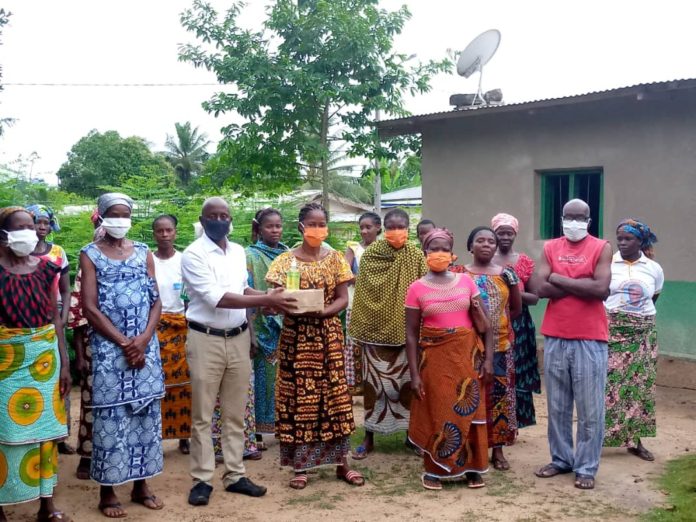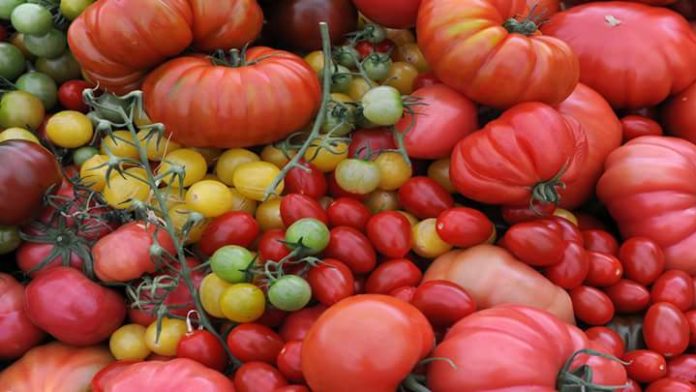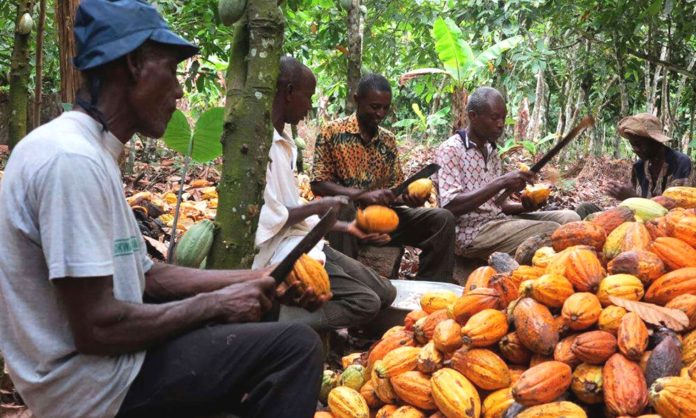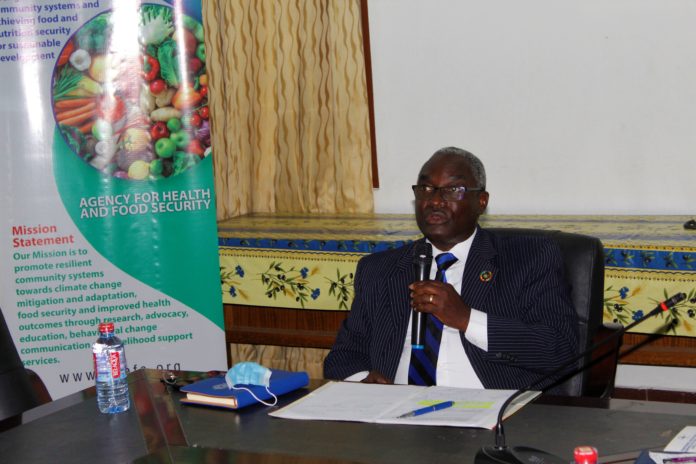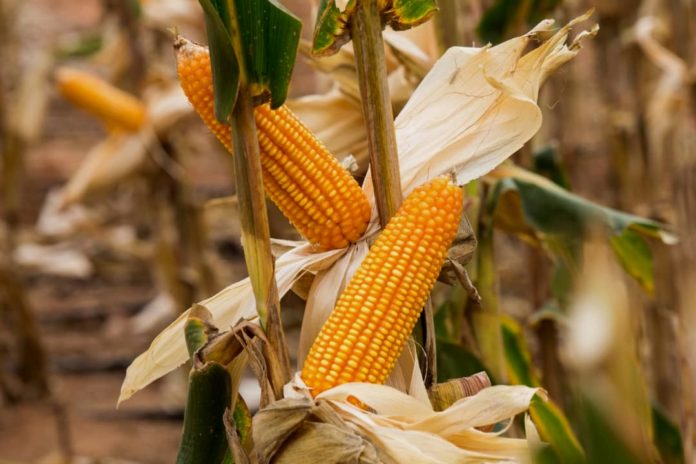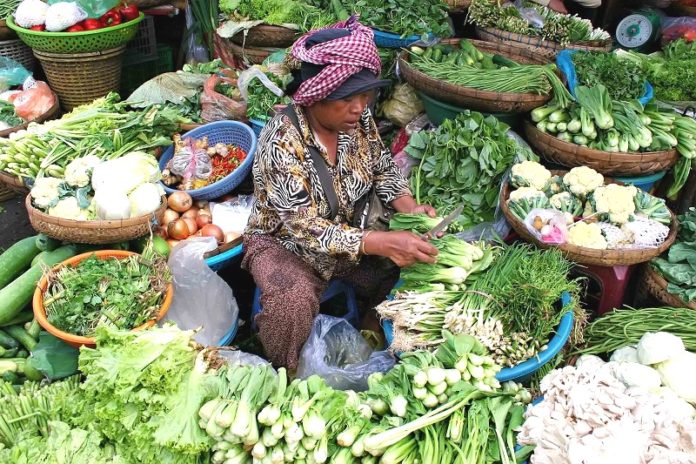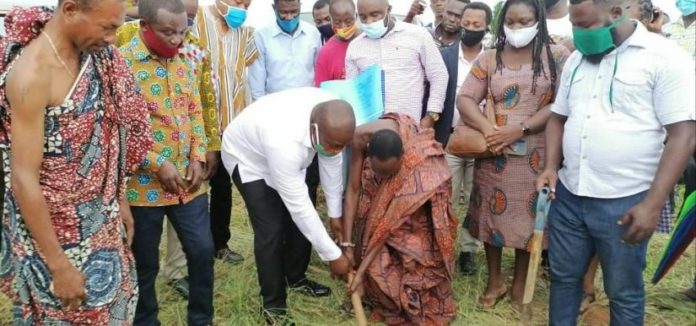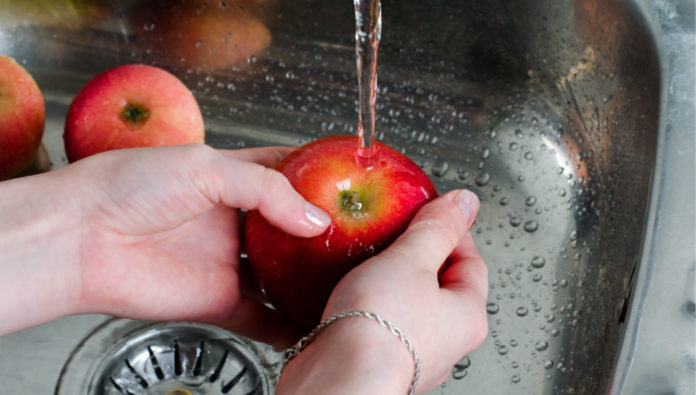Program Officer of Initiative Rescue Cacao, Mr. Hamed Diarasouba has expressed that effective cooperatives are the key to healthy sustainability in the cocoa industry.
Agency for Health and Food Security Releases Communiqué 2020.
The Agency for Health and Food Security has released the 2020 Communiqué with the theme; Systems Approach to Vegetable Value Chain Policy, Pandemic Response, and AfCFTA Agreement.
Fish farmers sob for collapse of farms as fish prices sharply drop amid Covid – 19.
The fish Farmers are bleating on the sharp drop of fish prices amid the pandemic. The Corona Virus as said has come to stay with us until a vaccine is developed to cure it. This pandemic has impeded economic activities globally.
Ghana Cocoa Board, African Development Bank and Financial Partners Celebrate First $200 Million Disbursement of Loan to Boost Cocoa Productivity in Ghana.
Ghana supplies 70% of all cocoa beans imported into Japan and cocoa is seen as one of the nation’s most essential import commodities.
National Development Planning Commission (NDPC) is developing a Policy Document on GMOs – Director General.
The Director-General of the National Development Planning Commission (NDPC), Dr. Kodjo Essien Mensah-Abrampa has revealed that the NDPC is developing a policy document on Genetically Modified Organisms (GMOs) for Ghana’s agriculture sector.
LCIC introduces new high yielding maize variety to farmers.
Unequivocally, improved quality seeds are cardinal elements for boosting production in the agriculture sector. In quest of achieving high yield, disease, and pest resistance, the Legacy Crop Improvement Centre has introduced a new high yield maize variety.
“Establish National Vegetable Authority to transform sector” – VEPEAG President.
A vegetable farmer and President of Vegetables Producers and Exporters Association of Ghana (VEPEAG), Mr. Felix Kamassah is calling for the establishment of a National Vegetable Authority (NVA) to regulate and oversee the transformation of the vegetable sub-sector for socio-economic development especially, in this COVID-19 pandemic era.
The National Dialogue on Vegetable Value Chain Policy Held in Accra.
The national dialogue on vegetable value chain policy has been held to analyze the research report on strengthening agricultural value chain economics for sustainable development which focused on vegetables.
Ketu South cassava processing factory work begins in two weeks.
The construction works will start on a six-acre land at Gbedzekope in the Akame Electoral Area for a Cassava Processing Factory for Ketu South Municipality under the government’s One District One Factory (1D1F) project in 14 days.
Study finds people believe false info about COVID-19 and food safety.
Almost half of the people asked in a survey have said it was safe to eat fruits and vegetables washed with soap or diluted bleach.

